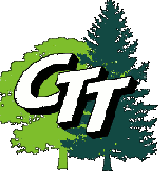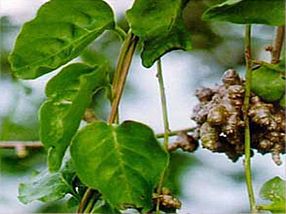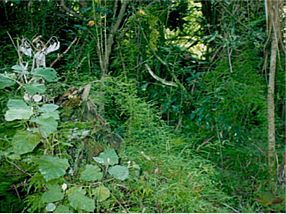Plant Pests
Wanted ! Dead, not alive.
Watch out for unwelcome weeds at your place this Spring. These plants (and others) have been identified as 'plant pests' in Environment Waikato's new Regional Pest Management Strategy. Every pest in the Region is in one of four categories based on its effects, distribution, density and control methods currently available. Four "nasties" below are "eradication pests" because they have limited distributions. Environment Waikato will fund and directly control these plants with the aim to completely clear them from the Region. The others are all well established in the Waikato, so they're in a containment category. The aim is to prevent these pests spreading to new areas and stop adverse effects they may cause. Land occupiers are required to control most 'containment pests' across their entire property, with some exceptions.
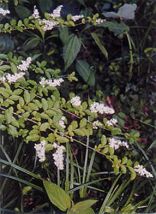
There are four species of privet
- Tree privet (Ligustrum lucidum) flowers early to mid Summer.
- Chinese privet (Ligustrum sinense) flowers in Spring
- Privet (Ligustrurn ovalifolium)
- Common privet (Ligustrurn vulgare).
- Pollen and scent contribute to respiratory problems.
- Leaves and dark purple berries poisonous, have caused sickness in children and stock.
- Shades out competition and produces large quantities of seed, capable of replacing canopy trees in native forests and preventing seedling growth.
Tree privet is an evergreen tree up to 10 metres tall, the leaves are glossy and dark green above and lighter green below. Flowers appear from January to March, the flowers are small cream coloured and strongly scented. Both types of privet are evergreen, meaning they keep their leaves all year round. They have strongly scented flowers and dark purple berries. Birds eat the berries and spread the seeds. Privet tolerates a wide range of environmental conditions, for example, dry, cold and wet conditions.
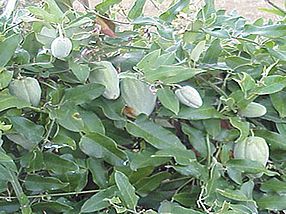
Moth Plant is a fast-growing climber, winds around host plants, choking and smothering.
- Poisonous seeds mainly wind borne, released by choko-like fruits as they dry out and split.
- Wear gloves; milky-white sap causes skin irritation.
Still limited in the Waikato but potential to become one of the Region's most serious ecological weeds. Currently highest ranking weed in Auckland region.
Its sole virtue is that it can be harvested and fed to monarch butterfly caterpillars. They don't do as well on it as they do on swan plant, but most chrysalyses hatch fairly well.
Mignoneete is also called madeira vine.
- Perennial climber, may grow up to 7 m.
- Smothers everything in its path.
- People, animals or birds knock its stem tubers off the vines, which readily sprout.
A menace in gardens and urban reserves, real threat to native bush. Competes with and replaces native plants in disturbed or low forest, forest and riparian margins, coastal areas.
Starting to expand its range noticeably. Not yet common in Cambridge.
Climing Asparagus is a slender climber.
- Grows to about 6 m.
- Shades out larger trees.
- Wraps its stem tightly around, eventually ringbarking trees.
- Smothers seedlings and saplings.
- Forms mats of tuberous roots and is difficult to control.
- Birds largely responsible for spreading large amounts of seed.
- Tubers also sometimes moved in 'contaminated' soil.
Scattered throughout the Waikato, serious infestations on Coromandel Peninsula, Raglan, Te Akau coastlines.
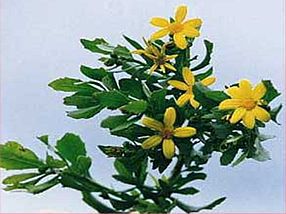
Fast-growing shrub, can grow 2 - 3 m high. Produces many seeds, can remain dormant for many years. Dispersed by birds feeding on the berry-like fruit. limited mainly to coastal areas around Whiritoa, Waihi and Raglan; one large infestation behind Thames township. Can shade out seedling trees like pohutukawa and prevent beach access. Not common in the Cambridge area.
Call 0800 800 401 or 0800 246 732 for Cambridge contractor Ben Elliot.
The Regional Council's biosecurity team will assist and/or advise on any suspected 'Plant Pests' Details of some of these plants, including photos, can be found under the "Plants" heading at the top of this page.
The Cambridge Tree Trust was registered with the Charities Commission as a Charitable Entity under the Charities Act 2005 on 16 August 2007. Registration No: CC10859
